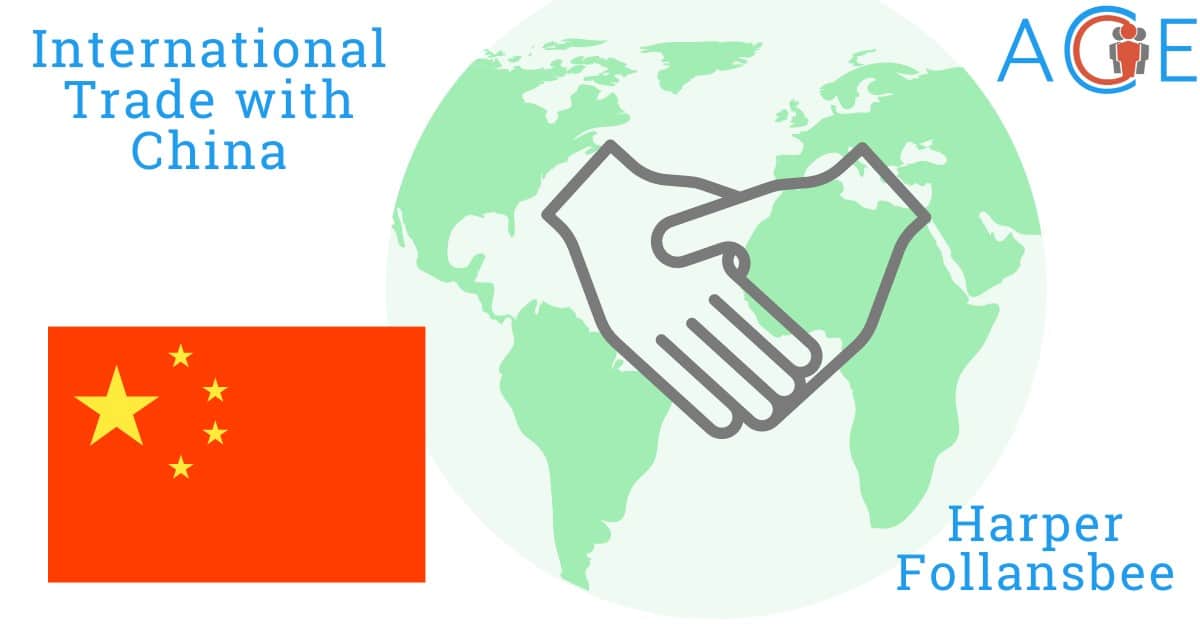As discussed in the US-China Trade Deficit paper, the United States and China have a complicated economic relationship. While the two nations compete in many industries, they are also major consumers of each others’ goods and contribute on different points in a supply chain to produce many of the products in demand across the globe. At the same time, the trade deficit with China has caused growing concern in the United States, and caused many economists and policymakers to explore ways to better support US business in the face of competition with China.
I. Import Tariffs
An import tariff is a tax levied by one country on the goods and services imported from another country. Typically, governments impose these tariffs to protect domestic industries, gain additional revenue, and, in the case of the U.S.-China trade war, retaliate against unfair trading practices. Beginning in 2017, the United States imposed a litany of tariffs on Chinese imports, motivated by the expanding trade deficit. In theory, increasing the price of Chinese imports would drive up demand for domestically-produced goods and services, and, if the output increased to meet demands, would prompt domestic producers to hire additional workers. The import tariffs placed on Chinese goods and services would narrow the widening trade deficit and stimulate economic growth. However, many economists argue that the Trump administration’s import tariffs, when put into practice, achieved the complete opposite effect.
A recent report released by the U.S.-China Business Council (USBC) asserts that, contrary to the Trump administration’s goals, the tariffs actually “raised consumer prices on both imported products and domestic products.” The report also claims that by reducing consumer spending and stifling economic growth, these trade policies have cost the United States approximately 245,000 jobs. The Biden administration has since left these tariffs intact, a decision which Wall Street Journal columnist Henry Olsen deemed “welcome”. Olsen argued that to keep China from “[mounting] a serious challenge to U.S. global dominance,” the Trump administration’s burdensome tariffs must remain a necessary evil.
II. Import Quotas
Import quotas, a close cousin of import tariffs, achieve a similar objective through a different process. Historically, both have been utilized to reduce the volume of imports and encourage demand for domestically-produced goods. However, import tariffs are taxes on imported goods, whereas import quotas are limits on their quantity or monetary value. By many accounts, quotas are more effective in restricting trade since they aren’t affected by fluctuations in demand or exchange rates, but this isn’t a universally useful strategy. As Monica Sanders from the Houston Chronicle asserts, trading partners typically respond with similar trade restrictions, resulting in “less exporting opportunity for all producers and higher prices for all consumers.” For example, during the early 1980s, the United States imposed import quotas on Japanese automobiles to generate growth within the domestic auto industry. As economist Edward Hudgins remarks, by limiting the number of imported automobiles, domestic auto companies raised prices “without fear of losing business to less expensive competitors.”
III. Import Subsidies
Subsidies are government funds paid to domestic producers. Resembling other protectionist policies, subsidies protect against inexpensive foreign imports by decreasing production costs and, consequently, increasing production growth. This leads to increased demand for domestically-produced goods. While they do regulate costs and prevent the long-term decline of domestic industries, subsidies also lead to consumers bearing the brunt of the financial burden and can be complicated for infant industries. In order to collect funds for subsidizing domestic industries, governments must impose higher taxes. Since they develop without competition, subsidizing infant industries may eventually lead to those industries requiring permanent subsidies to stay afloat.
Despite these potential risks, subsidies have remained a central component of U.S. trade policy over the last several decades. To encourage domestic energy production, the United States provides a number of subsidies to the fossil fuel industry. Totaling approximately $20 billion per year, these subsidies were initially intended to “lower the cost of fuel production and incentivize new domestic energy sources.” Due to comparatively cheaper renewable energy sources and negative environmental externalities, taxpayers have found it difficult to rationalize this government spending.


